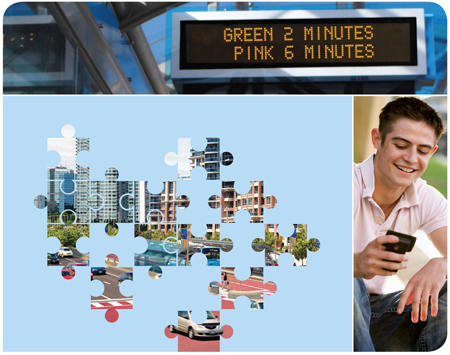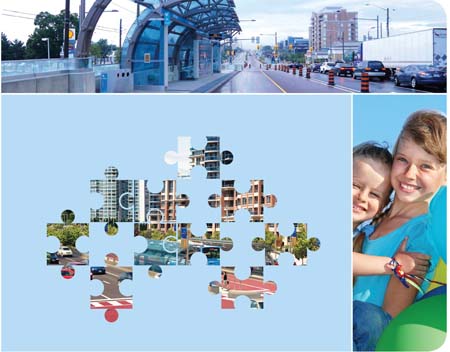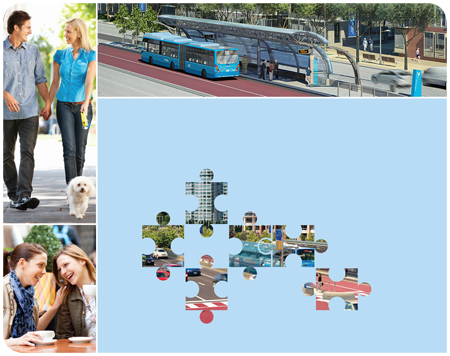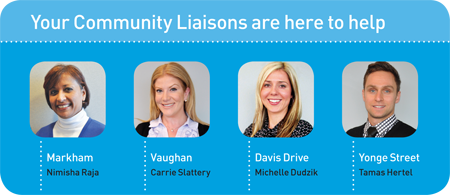We’ve all heard the term “retail therapy.” For some, shopping can be a remedy to cheer us up and for other’s it’s a way to relieve stress. Perhaps as you read this, you can relate to doing some of your own retail therapy at one time or another. Whether we’re shopping for a pick-me-up, or need a few items from the store, I’m sure we can all agree there is nothing better than stopping at a good restaurant or finding a little boutique around the corner.
The businesses along the vivaNext rapidway corridors are a great example of the variety of unique restaurants, professional offices, and boutique shops available within your local community. No matter what the stage of transformation– in the heart of construction on Davis Drive, just starting construction on Highway 7 West, getting ready for construction on Yonge Street and completing the transformation of Highway 7 East, there is no change to how any of these businesses serve you.
As you drive or walk along Davis Drive and Highway 7 East you’ll notice the Shop Davis and Shop 7 billboards. These road signs are just one component of a broader advertising campaign in support of your local businesses. During construction along Highway 7 West and Yonge Street you’ll also see Shop billboards along these corridors, to help remind you to support your local retailers.
Perhaps you’ve even seen vivaNext staff out and about in your neighbourhood promoting your local businesses. As part of the shop local campaigns, you may have received a reusable shopping bag to use when you visit stores in your community. If you see a vivaNext staff member, come by, say hello and pick up your reusable shopping bags [while quantities last]. Your local businesses and vivaNext have you covered the next time you are out shopping in the neighbourhood.
To get to your favourite stores on Highway 7, why not take a ride on the new rapidway. The dedicated centre lanes for viva vehicles are now open on Highway 7, from Bayview to Highway 404 and will provide riders with faster, more consistent travel times, getting you to your destination faster so you can shop till you drop! The new urban landscape and lovely boulevards are a great incentive to visit these revitalized areas in Markham and Richmond Hill. Stop by for some shopping or just stroll around, because these are great places to visit.
Whether you’re shopping for back to school, meeting friends for dinner, or buying a gift for that special someone, your local retailers and restaurants are open for regular business throughout vivaNext construction. To see a sample of the business offerings provided by your local retailers check out the business profiles section of the vivaNext website at vivanext.com










